Dribbling between the legs, though seemingly nothing more than a stylish variation on the crossover, is an effective, and oftentimes necessary tool when facing extreme pressure from a defender. Though this move can work wonderfully for any perimeter player, the point guard needs to master this move.
Often the defensive player is playing in such close proximity to you, that the crossover dribble would allow the defender to easily get a hand on the ball. Whereas, with the between the legs move, you are using your body as a natural shield against the defender allowing you to change both direction and speed—while insuring that the ball is being protected. This is also an excellent move to use when operating within a half-court situation, and a change of pace move is necessary to get by your man and into the lane.
How to Do the Between-the-Legs:
Stand at one end of the court. Begin with the ball in your right hand ( whether you are right- or left-handed does not matter; from this point on, only when specified, will it become important). Place the ball in your right hand. At the same time that you begin to dribble, step with your left foot, moving your leg at a 45 degree angle towards the left sideline—in other words, step in the direction of your left. As your foot is about to touch the floor, guide the ball through the space that you’ve created between your feet. While this is happening, place your left hand behind you—your palm facing your back—ready to catch the ball after its passed through.
The difficulty of this drill comes here: As you’ve caught the ball in your left hand, your right foot needs to be stepping simultaneously at a 45 degree angle towards your right, in preparation to keep the ball moving smoothly between your feet. Though the timing and body movement on this move may seem a bit awkward and unnatural at first, you will soon adjust.
Keys to Effectiveness:
1. Again, practice this drill at a speed with which you are comfortable. Do not be sloppy. Your speed with the ball will increase the more you practice.
2. Your knees must be bent, the bend in your knees is what will provide you with both your quickness and ability to successfully change directions; make sure you do this.
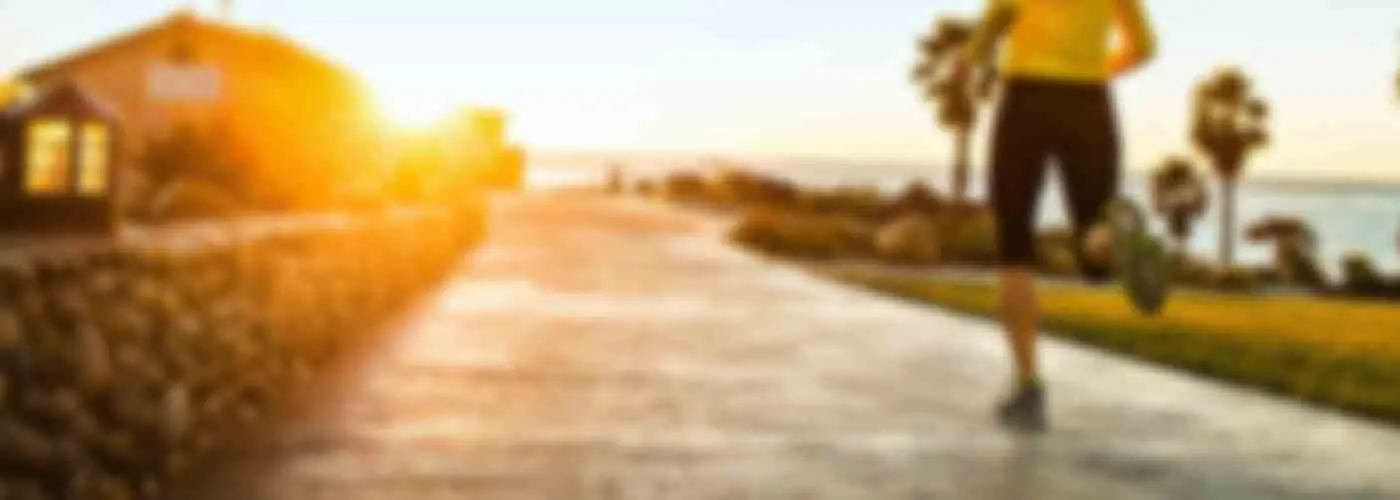

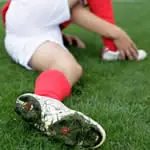

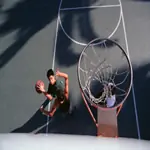
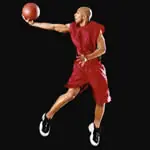
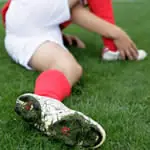
Discuss This Article